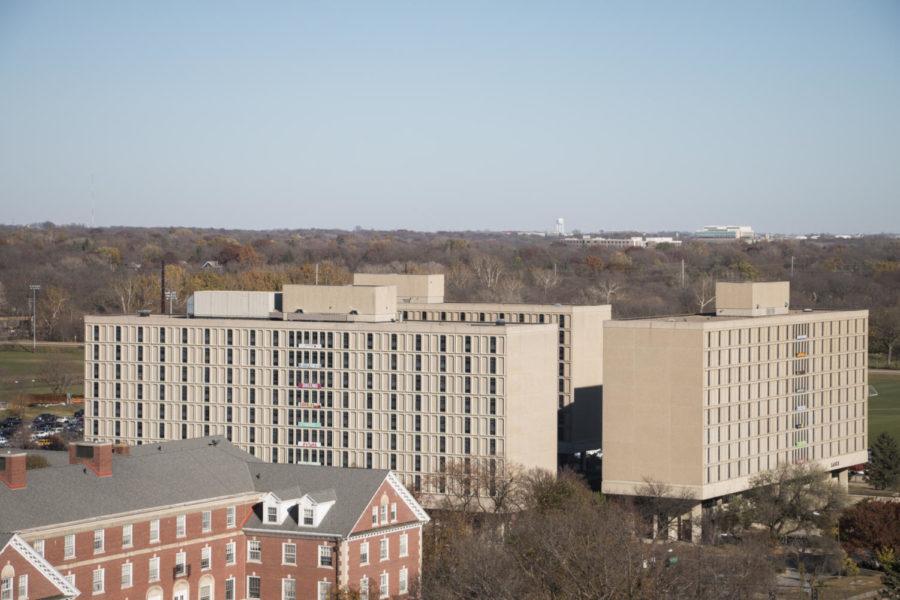Alaska’s resources must be protected
December 1, 2010
Dec. 6 marks the anniversary date of a monumental decision to protect a bountiful natural ecosystem in northeastern Alaska. Fifty years ago, the Secretary of the Interior during the Eisenhower administration signed a Public Land Order establishing 8.9 million acres as the Arctic National Wildlife Range. This move to protect a vital piece of Alaska was a move towards protection of fragile environments that contain species that are at high risk from human development.
In 1980, President Carter’s administration continued the legacy by signing the Alaska National Interest Lands Conservation Act. It expanded the Range to 18 million acres, designated much of the land as protected wilderness and it was renamed the Arctic National Wildlife Refuge.
Today, at 19.6 million acres, the Refuge is the largest single unit of public land in the United States; 1.5 million acres of the Refuge, adjacent to the Beaufort Sea is known as the Coastal Plain. The Native Gwich’in Nation refers to it as the “sacred place where life begins” because it serves as the biological heart for the refuge where hundreds of species bear their young.
One of those species is the iconic polar bear. When female polar bears are disturbed, they abandon their dens leaving their cubs to die. As a result, the survival rate for cubs is reduced. Since it is the most significant onshore polar bear denning habitat in the United States, the Coastal Plain must remain untouched.
The Gwich’in Nation relies on the intact Coastal Plain because their subsistence lifestyle for the past 20,000 years has depended on the Porcupine Caribou herd of 125,000 who annually travel nearly 1,500 miles to and from their ancestral calving grounds to give birth. As one of the last undisturbed Native populations in the United States, this Nations’ survival relies on the permanent protection of the land.
In addition, permanent protection of the Coastal Plain will ensure that more than 180 migratory bird species will keep their sanctuary forever. These bird species land in parks, farm fields and backyards throughout the United States and six continents. Many land in Iowan’s backyards serving as a small oasis for birds foraging for seeds, insects and berries.
Clearly, the symbiotic relationship between the native animal species and the Native population must be left intact. Unfortunately, proponents of oil exploration and development are pushing to open the Arctic Coastal Plain in order to begin pumping to the lower 48 states. These proponents have used recent oil price spikes as the reason to begin pumping. After the vast array of pipelines, pumping stations and sprawling industrial infrastructure have been constructed, any discovered oil would not be available for at least a decade. The U.S. Geological Survey found that there is only a six-month supply of economically recoverable oil in the Arctic Coastal Plain. Opening the Arctic Coastal Plain will have next to no effect on overall oil prices because the supply is too small and the Persian Gulf oil that we currently purchase is far too cheap.
Kudos to both the Eisenhower and Carter administrations for the 50 years of protection for the Arctic Refuge, but this protection is constantly in limbo. The Arctic Coastal Plain is one of the last frontiers in the world that sustains Native communities and countless endangered species. As Americans, we must be cognizant of the potential environmental injustice, disruption and endangerment issues that can arise if we do not insist that President Obama designate the Arctic National Wildlife Refuge as our newest National Monument. Declaring the Arctic Refuge a National Monument will provide a historic legacy of Americans devotion to our final frontier.
















